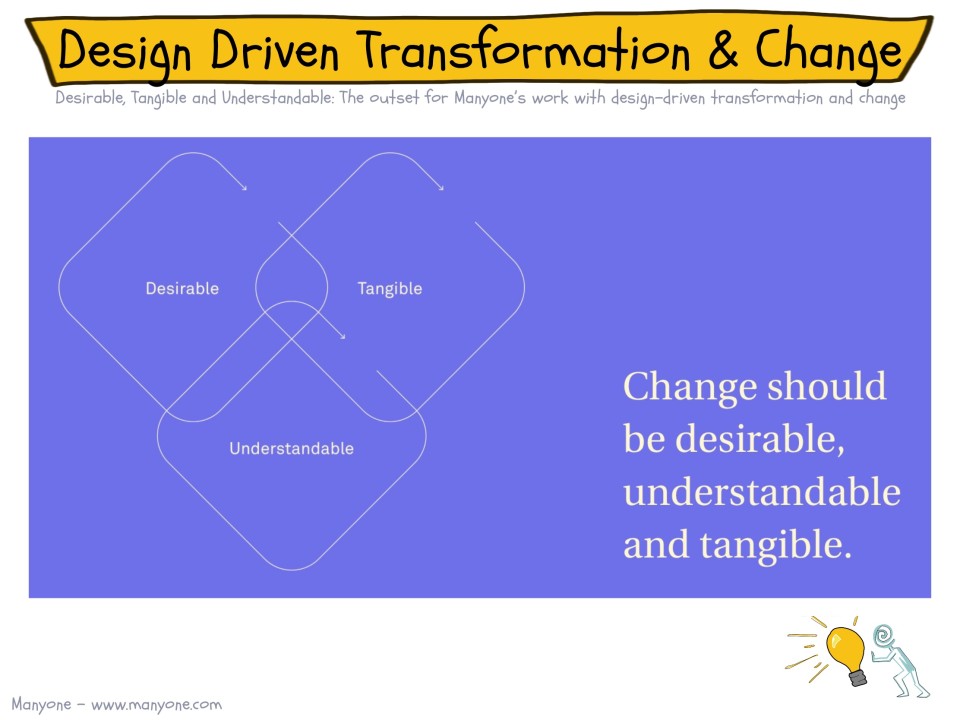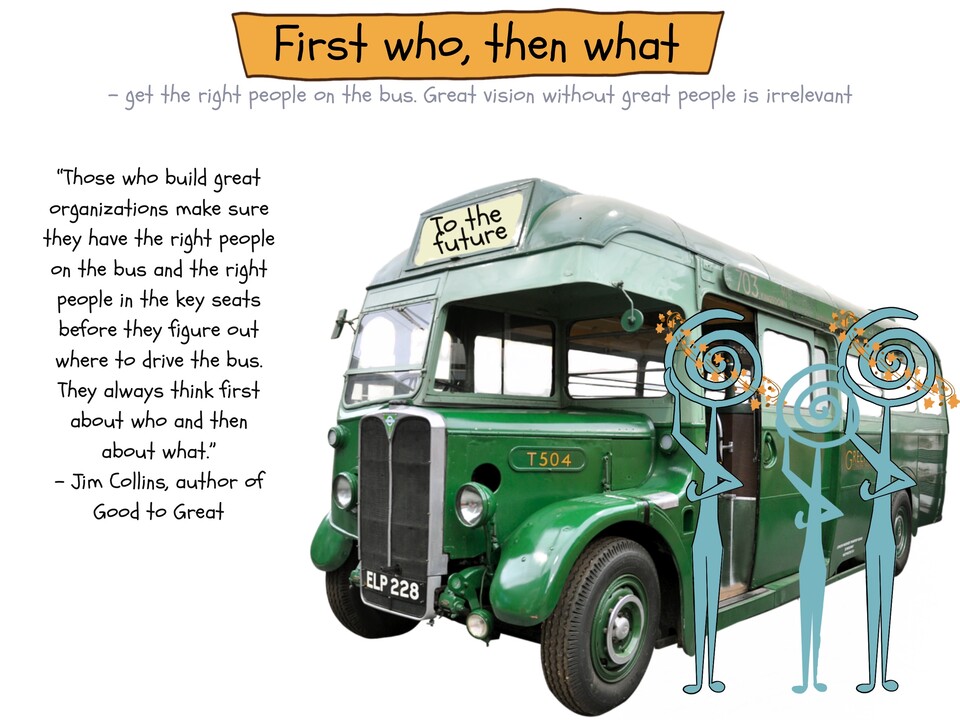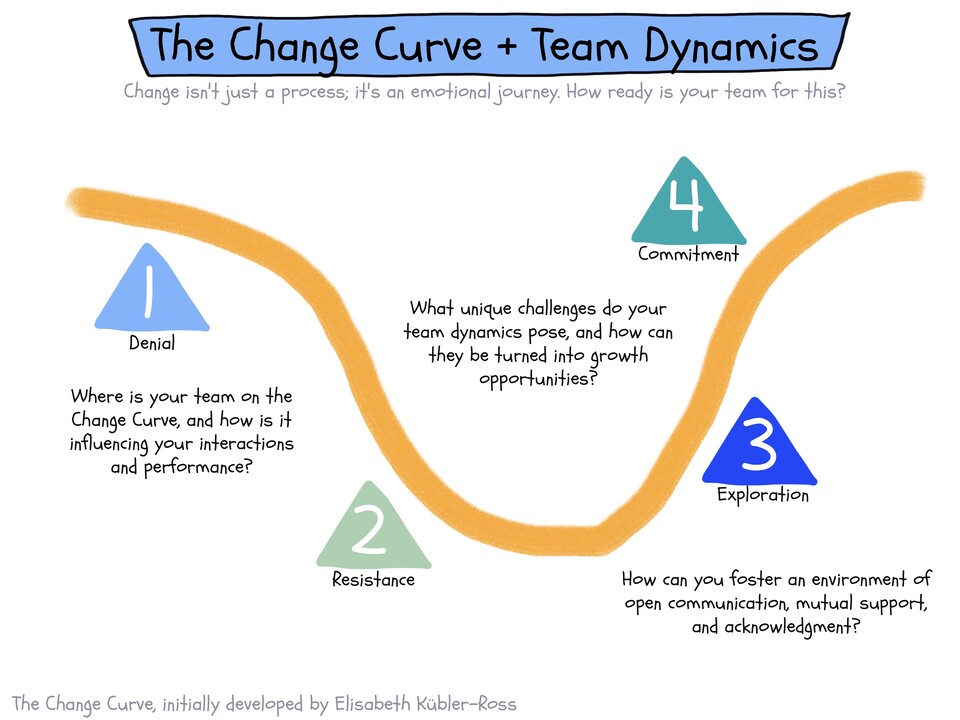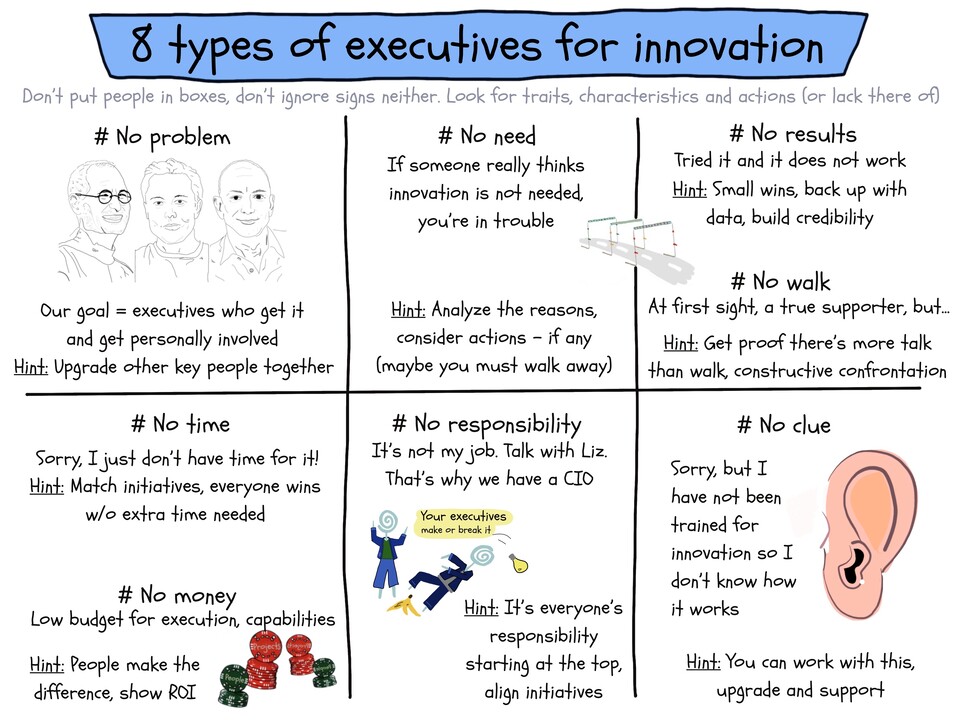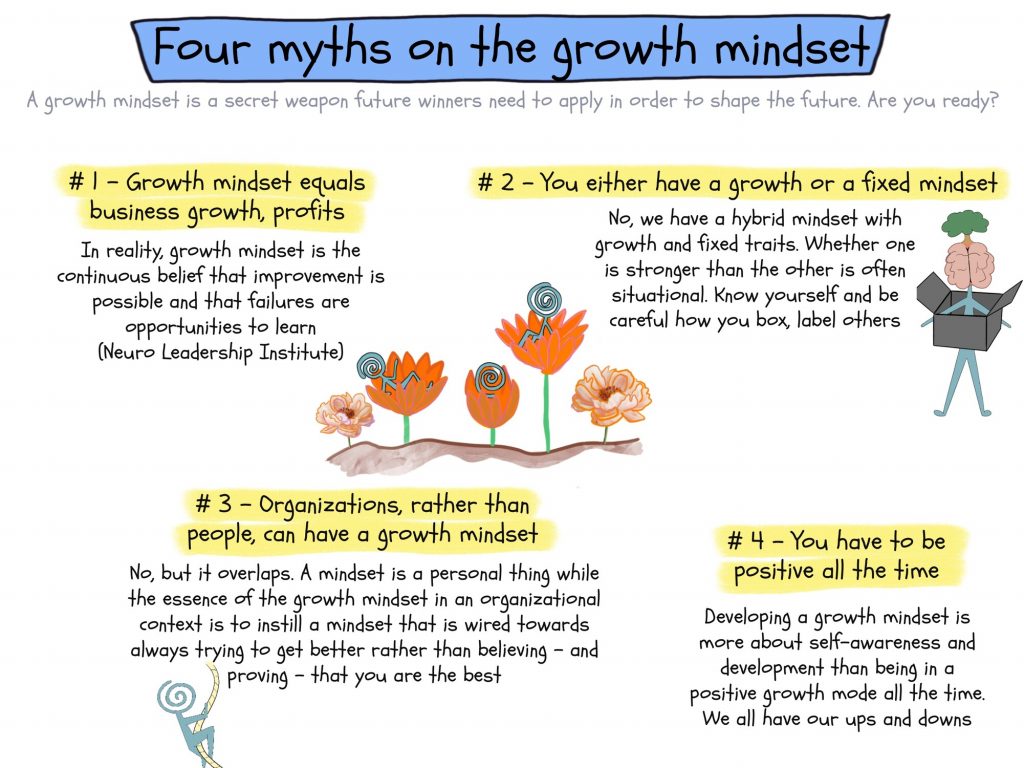
GUEST POST from Stefan Lindegaard
Organizations face numerous challenges as they grow and evolve. One of the most significant challenges is the Organizational Debt Syndrome, a phenomenon that results from accumulated compromises and shortcuts taken in people, culture, and leadership practices over time.
Just as financial – and technical – debt accumulates and becomes a burden, organizational debt accumulates and creates difficulties for the organization, such as reduced agility, slower delivery, decreased competitiveness, decreased employee morale, and increased resistance to change.
Organizational Debt Syndrome is a particular concern for scale-up companies, given the rapid pace of growth they experience and the changes they face both internally and externally. This syndrome can become a vicious cycle, as the organization’s inability to address the debt leads to further compromise and a worsening of the situation. However, even large, more established organizations and their teams need to address this issue to stay, or become, more agile.
The ability to adapt to change, manage transformation, and drive innovation is essential for organizations to thrive and succeed in today’s fast-paced business environment. If left unaddressed, the Organizational Debt Syndrome can limit an organization’s ability to adapt to changing market conditions, make it less competitive, and ultimately lead to its downfall.
Signs of Organizational Debt Syndrome
Organizational debt can be identified by several signs that indicate the organization is struggling to be agile, efficient, and competitive.
Some of the signs of organizational debt include:
- Decreased agility: When a company is struggling with organizational debt, it can become less agile and less able to respond quickly to changes in the market or new opportunities. This can result in missed opportunities for growth and increased competition.
- Slowed delivery: Projects that once took only a few weeks to complete can start taking several months or even years. This can lead to a backlog of work that is never completed, which can further reduce efficiency and competitiveness.
- Reduced competitiveness: Companies that are suffering from organizational debt often fall behind their competitors in terms of innovation, product development, and market share. This can be due to a lack of investment in research and development, a lack of focus on innovation, or a lack of support for new ideas.
- Decreased employee morale: When a company is struggling with organizational debt, it can also lead to decreased employee morale. This can result in disengaged employees who are unenthusiastic about their work and may be more likely to leave the company.
- Increased resistance to change: The culture of a company suffering from organizational debt can become resistant to new ideas and changes, making it difficult for the company to adapt to new market conditions. This can result in missed opportunities for growth and increased competition.
Leaders can spot these issues by regularly monitoring the company’s performance, gathering feedback from employees, and conducting regular audits of processes and systems.

Applying Metrics and KPI’s for Organizational Debt Syndrome
Here are some of the metrics that leaders can use to track the health of their organization and identify signs of organizational debt syndrome. These metrics provide insight into key areas such as delivery times, market share, sales and revenue, employee morale, company culture, competitiveness, and adaptability based on three categories of performance, behavioral and innovation metrics:
Performance metrics:
- Delivery times: Leaders should track how long it takes for projects to be completed, as this can indicate a decrease in efficiency.
- Market share: By monitoring their company’s market share, leaders can see if their organization is falling behind competitors.
- Sales and revenue: Regularly monitoring sales and revenue can help leaders see if the organization is losing ground in the market.
- Employee turnover: High rates of employee turnover can indicate low morale and engagement among employees.
- Profit margins: Tracking the organization’s profit margins can give leaders insight into its financial health.
- Productivity: Monitoring employee productivity can give leaders an understanding of how effectively the organization is utilizing its resources.
- Operational costs: Keeping an eye on operational costs, including overhead expenses and supply chain expenses, can help leaders identify areas where the organization may be overspending.
Behavioral metrics:
- Employee feedback: Leaders should gather feedback from employees on a regular basis. This can help them understand how engaged employees are with their work and the company culture.
- Meeting dynamics: Observing the dynamics of meetings and interactions between employees can give leaders a sense of the company culture and whether it is resistant to change.
- Employee satisfaction: Measuring employee satisfaction through regular surveys can help leaders understand the level of morale and engagement among employees.
- Communication patterns: Tracking the frequency and effectiveness of communication within the organization can give leaders an understanding of the organization’s culture and dynamics.
- Collaboration: Measuring the level of collaboration between departments and teams can give leaders insight into the organization’s ability to work together effectively.
Innovation metrics:
- Customer satisfaction with new products: Feedback from customers on their satisfaction with new products and services
- Employee engagement in innovation: Measure of employee engagement and involvement in the innovation process
- Adoption of new technologies: Monitoring the organization’s adoption of new technologies can give leaders an understanding of its ability to adapt to new trends and advancements in its industry.
- Number of new ideas generated: Tracking the number of new ideas generated by employees can give leaders insight into the organization’s ability to innovate.
If leadership teams regularly monitor the various metrics, they achieve valuable insights into the state of their organization and this helps them identify signs of organizational debt syndrome.
It is important to note that metrics should be used as a tool, not as the sole indicator of success or failure, as it’s important to consider the context and complexity of organizational dynamics. By taking an holistic approach like this, leaders can work to prevent and mitigate the negative impact of organizational debt syndrome.
Addressing Organizational Debt Syndrome
To prevent and address the Organizational Debt Syndrome, leaders and their teams must take a proactive approach, which includes steps such as:
- Awareness: Leaders must first be aware of the concept of Organizational Debt Syndrome and its potential impact on the organization.
- Assessment: Leaders must regularly assess the organization’s performance and gather feedback from employees and stakeholders to identify any signs of organizational debt.
- Root cause analysis: Once the issues have been identified, leaders must conduct a root cause analysis to understand the underlying causes and drivers of organizational debt.
- Prioritization: Leaders must prioritize the most pressing issues and determine which ones to address first based on their impact on the organization.
- Action plan: Leaders must develop a comprehensive action plan to address the root causes of organizational debt, which may include revising processes, restructuring teams, and implementing new systems and technologies.
- Implementation: The action plan must be implemented effectively, with clear goals, timelines, and metrics for measuring progress.
- Continuous improvement: Leaders must continuously monitor and evaluate the effectiveness of the action plan and make adjustments as needed to ensure the organization remains agile and competitive.
At the early stages of addressing the Organizational Debt Syndrome, reflection is key for the leadership team. Everyone is super busy these days and there is a tendency to focus on short term issues related to growth and “just” managing the day-to-day business rather than shaping the future and taking steps to do the right things for the long run.
So, it’s understandable that leaders will not dive into action immediately but they must start to reflect on this and develop a plan for addressing this.
Organizational Debt Syndrome is a real challenge for organizations as they grow, evolve and transform. By recognizing the signs of this syndrome and taking a proactive approach to addressing its root causes, leaders can help their organizations overcome the negative impacts of organizational debt and become more stable, sustainable, and successful.
It’s definitely not easy but it is doable and it starts with reflection and acknowledgement of the issues at hand.
Image Credit: Pixabay, Stefan Lindegaard
![]() Sign up here to get Human-Centered Change & Innovation Weekly delivered to your inbox every week.
Sign up here to get Human-Centered Change & Innovation Weekly delivered to your inbox every week.



